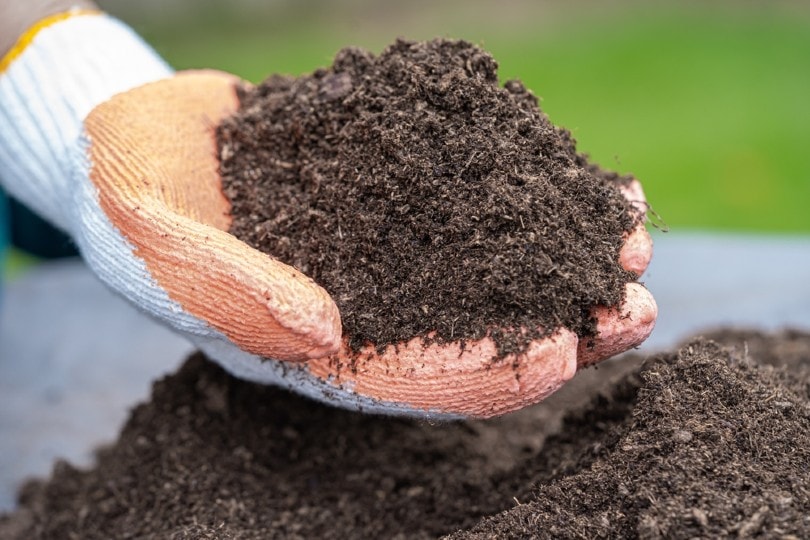Peat Moss for Your Garden & Lawn: Pros, Cons, & Alternatives
-
Pete Ortiz
- Last updated:
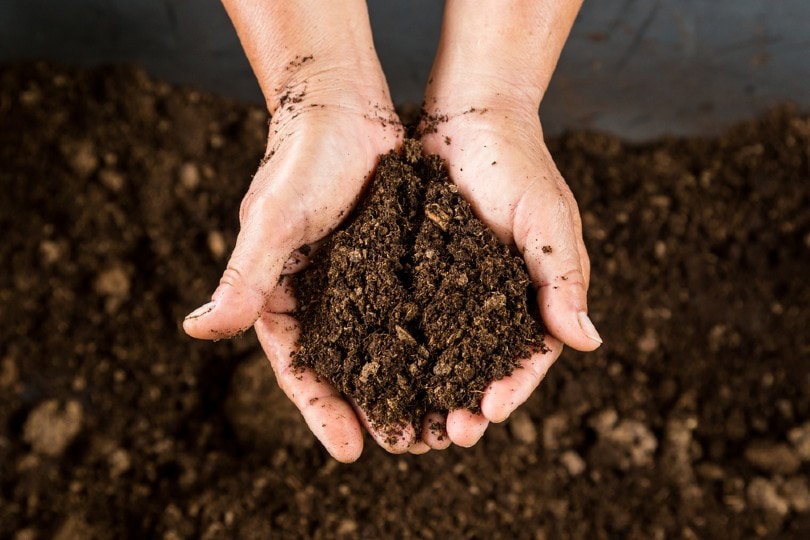
A healthy lawn is one that has well-drained and rich soil. And for many homeowners, this means adding peat moss to their lawn. Peat moss is a popular soil amendment that landscapers use for its many benefits. However, it does have its disadvantages. For example, too much peat moss can actually cause damage to the roots of the seeds.
Overall, you’ll find that most homeowners will advise against adding peat moss to your lawn unless you have moisture retention issues. And why? One, because it’s simply too costly to spread on any average-sized lawn. Also, peat moss has very little to no nutrient content, so the grass beneath it will not grow well in many cases. But there are scenarios where peat moss can be especially beneficial to your lawn. So, what are the pros and cons of using this soil amendment? Let’s discuss.
Pros of Adding Peat Moss on Your Lawn
Peat moss is a common ingredient used in garden potting mixes and soil amendments. It’s commonly used in many ways to improve the quality of the soil. Below are some of the top benefits that come from using it on your lawn.
1. Helps Soil Retain Its Nutrients
When you water grass, essential nutrients like phosphorus, potassium, and nitrogen will slowly leach from the soil. Peat moss can be added to your soil to help retain these nutrients. It can also reduce the actual frequency of fertilizing your lawn.
2. Improves Soil Moisture Levels
Peat moss absorbs and holds onto water really well – which is beneficial for thirsty lawns. It can retain water up to three times its weight. It is used by many gardeners as a potting mix. Peat moss can also be used to reduce the frequency and amount of water required to irrigate your lawn.
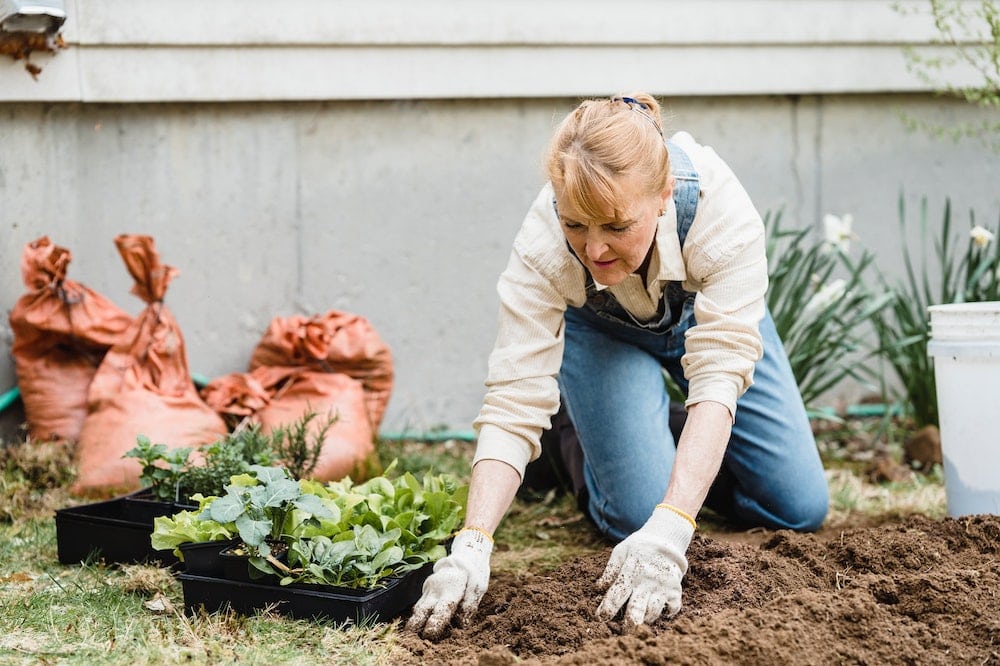
3. Can Prevent Soil Compaction
Peat moss can also prevent soil impaction issues. It’s difficult for nutrients and water to penetrate compact soil to reach the roots of your plant. This will cause your grass to grow shallow roots. Peat moss can be added to your lawn soil to help prevent the compacting of heavy soil and require frequent aeration.
4. Stays Longer in the Soil
Believe it or not, it actually takes centuries, not years or decades, but centuries for peat moss to break down in an underwater bog. Peat moss can be added to soil to slow down the process of organic material. One application can last for up to two years or more, depending on your region and climate.
5. Peat Moss Is Sterile
Sterilization is required before peat moss can be distributed to gardening stores. This means that it’s free of harmful bacteria, fungi, and weed seeds. Organic matter like compost, for example, is not sterile. And a bad batch of old or infested compost can actually be harmful to your lawn.
Cons of Peat Moss Usage on Lawns
Peat moss does have its downsides when it comes to lawn care. And in some cases and scenarios, it can be detrimental to your lawn. Here are a few ways that it can negatively impact your lawn or garden.
1. It Can Be Too Acidic for the Grass
Peat moss is fairly acidic, and its pH can range from 3.5 to 6. This pH range is too acidic to be used by most plants, including most grass. The level of acidity depends on where it was extracted. The pH range from 6.0 to 7.0 is ideal for turf. Your grass may not grow well if it is too high or low in this range.
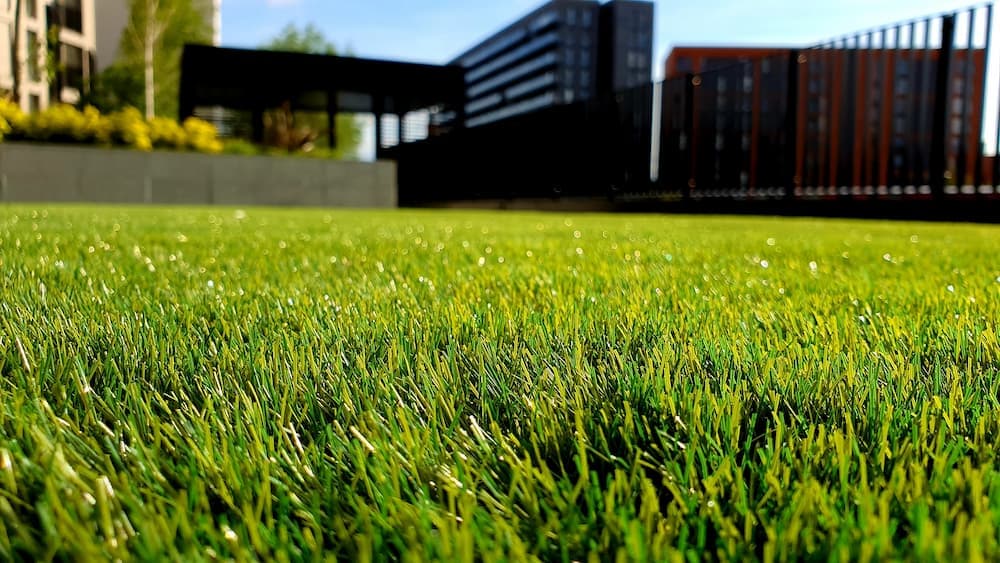
2. It Lacks Beneficial Nutrients
Although peat moss can retain soil nutrients and water, it doesn’t actually contain any nutrients itself. Peat moss lacks nutrients found in organic matter such as compost – which is why many homeowners and gardeners choose compost over peat moss. So, if you plan on adding peat moss to your lawn, know that you may need to add soil amendments to it.
3. It’s Fairly Expensive
And then there’s cost. In many cases, peat moss will be more expensive than other organic soil amendments like compost. Peat moss is mainly shipped from Canada, where it originates, and the price includes shipping and any other taxes. You can expect to pay anywhere from $6-15 for an 8-quart bag of peat moss.
Best Uses for Peat Moss Application
There are specific lawn and gardening applications where peat moss can be especially helpful. Let’s look at a few of them.
Clay Soil Remedy
Clay soil has a reputation for being notoriously slow to drain. Peat moss is a good choice to improve drainage and prevent waterlogging, something that can damage your plants and shrubs and can cause root rot.
Acid-loving Plants
Plants that grow better in acidic soil can definitely benefit from the acidic levels of peat moss. For example, blueberries, camellias, and daffodils tend to do fairly well with peat moss, as they thrive in acidic soil. Keep in mind that pH adjustments are often temporary due to leaching. So, you may still need to adjust it from time to time.
Small Vegetable Gardens
Peat moss can be a great way to improve the soil and health of your crops. Although it may seem a bit too acidic initially for some plants, the effects should last if you keep your plants hydrated. Peat moss alone isn’t enough to provide a nutrient boost, so oftentimes an organic fertilizer is also recommended.
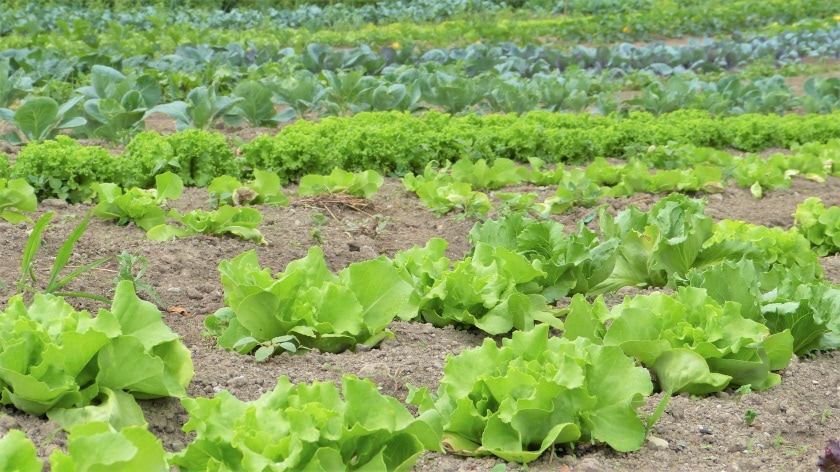
Raised Garden Beds
Raised garden beds can suffer from water retention issues as well as nutrient loss due to watering–this is where peat moss can help peat moss. Combining it with a nutrient-rich ingredient like compost is a great way to increase the health of the garden bed. Some plants may find the pH too low at first, but this can often be remedied by watering.
Rose Gardens
The use of peat moss in extra-large rose gardens can be beneficial if it is used with caution and moderation. To improve soil structure and moisture retention properties, you can mix it in. The pH will be affected for a short while, but not enough to produce the nutrients needed for beautiful blooms.
Scenarios When Peat Moss Isn’t Ideal
For many lawn and gardening applications, peat moss isn’t ideal. In fact, it can actually do more harm than good. Let’s take a look at some of them.
On Large Lawns
Covering your lawn with peat moss can impede its growth and cause waterlogging and nutrient issues. Caution should be used when treating certain areas with peat moss due to its acidity levels.
As a Lone Potting Soil
Because it’s expensive and difficult to find, peat moss is not recommended as a stand-alone potting soil. Because it’s fairly light and retains more moisture, peat moss can be used best for seed-starting or potted plants. But that being stated, you’ll still need to include nutrients as with peat moss applications.
Tomatoes
Tomatoes are one of the most popular home gardening plants. They don’t develop full-bodied flavors in soils that have high amounts of peat moss (possibly due to its lack of minerals). Although tomatoes will benefit from having some peat moss to improve soil texture and drainage, it’s important that the tomato soil contains sufficient mineral content.
Common Peat Moss Alternatives
If you prefer not to use peat moss on your lawn or in your garden, there are several alternatives to use in its place. For example, peat moss used for gardens or lawns has a huge carbon footprint–which is why some gardeners opt not to use it. Here are some of the more sustainable options to consider.
Coconut Coir
Coir is affordable and easy to find. But what is it? Coco coir is the fibrous outer shell of a coconut, it’s generally considered the best replacement for peat moss. And much like peat moss, coir is light and very water-retentive. It also makes it more sustainable because it uses a food industry by-product.
Coir is typically sold in compressed bricks that expand with moisture. Coconuts are more renewable than peat moss, but they are subject to industrial farming and deforestation. Also, like peat moss, coconut coir is very low in nutrients – this is especially true if it’s been pre-washed. In this case, additional fertilizers may be required as a supplement.
Traditional Compost
Compost is more commonly used than peat moss in lawns and gardens. It can be used as a quick and sustainable alternative to peat moss in lawns. It has the same water retention and aeration properties as peat moss, but it also provides way more nutrients, which eliminates the need to fertilize.
Leaf Mold
You may not hear about leaf mold as often as other soil amendments, but it’s also a good alternative to peat moss. It consists of organic matter made from fully decomposed leaves. Essentially, it has the same benefits as compost.
Even though leaves can take from 10 months to a year to fully decompose, you can still gather large quantities of them from your yard and let them sit until they’re needed. This process can be significantly accelerated by adding them to compost or grass clippings.
Conclusion
Peat moss can be used on lawns when moisture retention is an issue – which is its most common usage. It’s also used to create more acidic soil for plants and gardens. If you do plan to use peat moss on your lawn, be sure to monitor the lawn for waterlogging. You also want to monitor it for nutrient deficiencies, as peat moss can impede the absorption of potassium, nitrogen, and phosphorus.
Featured Image Credit: Tortoon, Shutterstock
Contents



